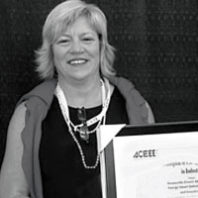Plant for the future
Somewhere in the dryland wilds of eastern Washington, Michael Neff and his wife stop the car.
“I’ve always wanted to hike these dunes,” he says to her. “I could not believe the grasses that were stabilizing those dunes!” Neff says later. He refuses to identify where, exactly, the dunes in question are located. “It’s those little pockets of diversity that we need to identify and preserve,” he explains, almost—but not quite—apologetic.
Trained as a botanist and now a professor of molecular biology at Washington State University, Neff expands on why this is important: “If we’re going to be resilient in the face of climate … » More …



